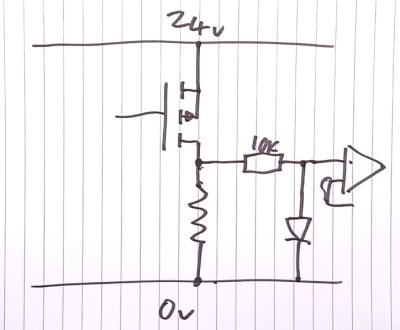There’s no shortage of cheap & cheerful power supplies which you can obtain from a range of online retailers, but with no listed certification worth anything on them calling them ‘dodgy’ is more of a compliment. On the [DiodeGoneWild] YouTube channel an adjustable power supply by the model name BSK-602 is tested and torn down to see exactly what less than $5 off sites like Alibaba will get you.
Perhaps unsurprisingly, voltage regulation is very unstable with massive drifting when left to heat up for a few hours, even though it does hit the 3 V to 24 V DC and 3 A output that it’s optimistically rated for. After popping open the adapter, a very basic switching mode power supply is revealed with an abysmal component selection and zero regard for safety or primary and secondary side isolation. With the case open, the thermal camera reveals that the secondary side heats up to well over 150 °C, explaining why the case was deforming and the sticker peeling off after a few hours of testing.
The circuit itself is based around a (possibly legit) UC3843RN 500 kHz current mode PWM controller, with the full schematic explained in the video. Highlights include the lack of inrush protection, no EMI filtering, a terrible & temperature-dependent voltage reference, not to mention poor component selection and implementation. Basically it’s an excellent SMPS if you want to blast EMI, fry connected electronics and conceivably burn down your home.
Continue reading “Reviewing A Very Dodgy BSK-602 Adjustable Power Supply”



















